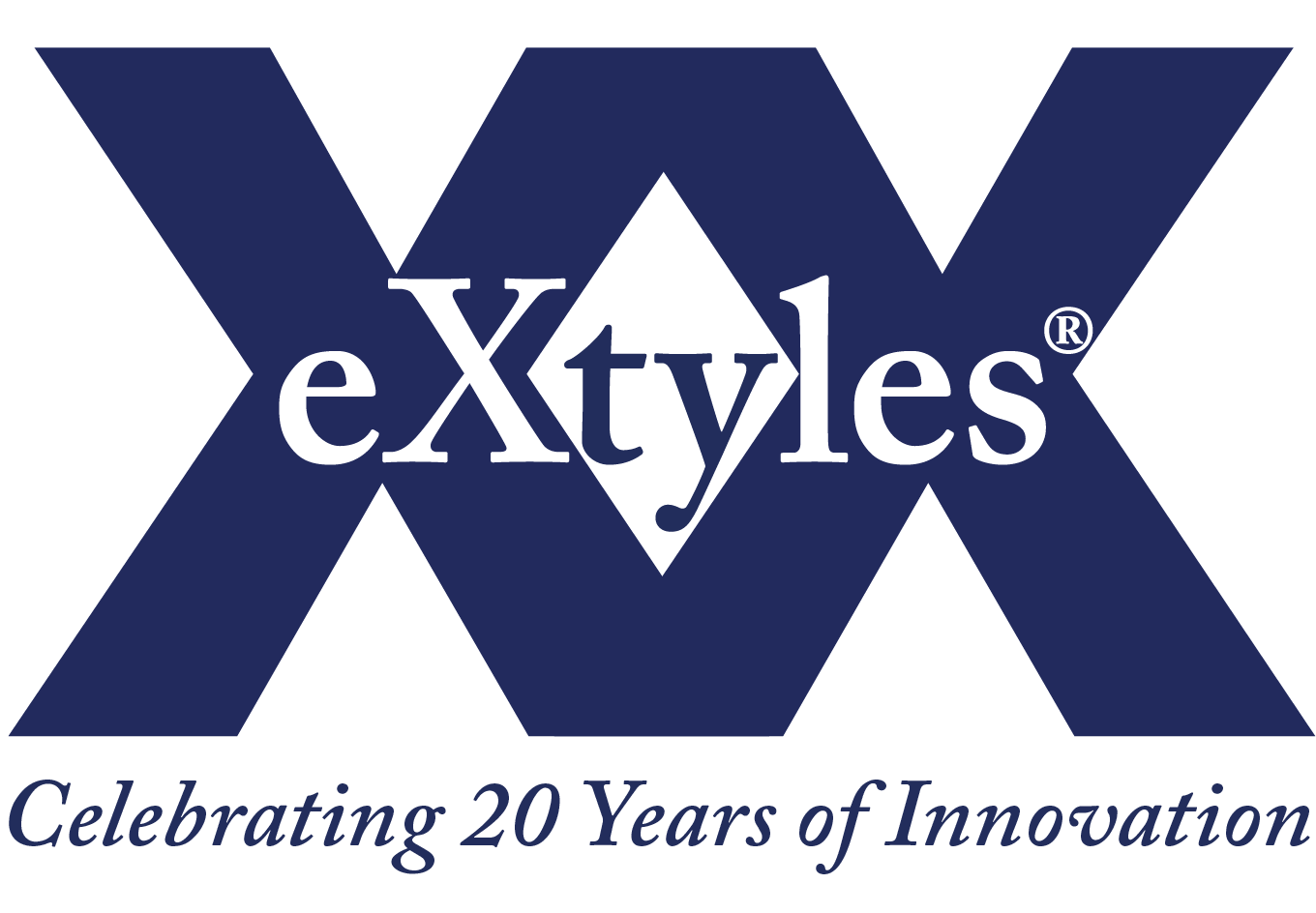 As part of our #eXtyles20th celebrations, we’re sitting down with a variety of eXtyles customers to chat about their experiences! Here’s our conversation with Einar Ryvarden, whose team at the Norske Legeforening (Norwegian Medical Association) began using eXtyles in their workflow in 2010.
As part of our #eXtyles20th celebrations, we’re sitting down with a variety of eXtyles customers to chat about their experiences! Here’s our conversation with Einar Ryvarden, whose team at the Norske Legeforening (Norwegian Medical Association) began using eXtyles in their workflow in 2010.
*
What originally led your organization to adopt eXtyles?
Norway is a high-cost country, so Norwegian organizations like us are eager to find a way to rationalize and become more effective, and we knew from the outset that we were using inordinate time on correcting and setting up references. That was also a pain point for the staff. Basically, we wanted to save time, and we wanted to get rid of some tedious and time-consuming work.
How have the ways you use eXtyles changed over the years?
In the old days we sent the Word files directly to 07 Media, our pre-press supplier, and they manually styled articles after import to FrameMaker, which we used to produce our printed publication. From FrameMaker they exported XML to the website they created for us.
We wanted to launch a new website, switch away from FrameMaker, and publish continuously and online-first, so we shifted from that process to using the software we get from 07 Media, called mPublish. In this online editor we import the JATS XML exported from eXtyles, do online editing/proofing, and then send the article to web and to print. So we have much more control, we can do everything ourselves, we save a lot of back and forth, and we can publish online-first. This has turned out to be crucial during the COVID-19 pandemic: we managed to publish scientific articles in two or three days, even during the Easter holidays.
Which eXtyles feature is most essential to your workflow?
To be honest, it’s the whole package. It does a wonderful job, once it’s set up, and I think it’s pointless to pick out a single feature. eXtyles saves a lot of work for us, and we get to control some things that we couldn’t before and really need to.
 I’ve consulted for a number of other smaller scientific journals here in Norway, and helped some of them set up new workflows. Most just use a prepress service. We’ve looked into some other alternatives, including having editors work directly in an XML editor, and determined that those alternatives wouldn’t work for us. With eXtyles and mPublish, we get the control and speed we want, and we can quickly jump back and forth between systems to locate errors.
I’ve consulted for a number of other smaller scientific journals here in Norway, and helped some of them set up new workflows. Most just use a prepress service. We’ve looked into some other alternatives, including having editors work directly in an XML editor, and determined that those alternatives wouldn’t work for us. With eXtyles and mPublish, we get the control and speed we want, and we can quickly jump back and forth between systems to locate errors.
How does eXtyles work for you on non-English content?
It hasn’t been a problem. eXtyles worked right away on non-English letters—we have three here in Norway [Ed. note: these are Æ æ, Ø ø, and Å å]. There were some specifics that we had to adjust for our own references, but this was done fairly quickly.
In Norway, everybody speaks English; everybody accepts software in English. You don’t have to use English Windows or English Word in order to use eXtyles, and there weren’t any compatibility issues with Norwegian language or Norwegian Word. [Ed. note: In fact, Inera collaborated with the Norwegian Medical Association to implement a Norwegian-language Paragraph Styling Palette—our first adventure in creating a local-language palette.]
What has been the biggest challenge of implementing eXtyles?
It is a process! eXtyles is a feature-rich program that took a bit of time to understand, and there’s still room for improvement. I predicted that we would see a steep slope of issues descending to almost zero as we went through the process of figuring out what we could do and what we couldn’t, and where eXtyles typically would trigger XML export errors and what those not-too-human-friendly error messages meant.
It was also hard to grasp what we could configure ourselves and what Inera needed to change for us, and what leeway we had in making changes. But over time, you learn, you adjust your other processes, and you adjust eXtyles! It is a fairly big investment in time. But the software is very stable; it’s not like some of the web systems that work fine one day and the next day do something weird.
It was sometimes a frustrating process. In the beginning, some people on our staff saw the benefits and said, “Hey, this is really helpful, it does 80% of a good job and soon it will probably do 95%!” Others got more frustrated with the error messages from unsuccessful XML exports. We also had to deal with errors in how the outputs from eXtyles and mPublish were interpreted by our website. As I predicted, though, the number of issues we saw quickly fell, and in two months’ time we had ironed out most of the kinks. Once we started using eXtyles to export XML, it took some time to get used to the error messages and become familiar with the different types of export errors.
Since then, most issues have been due to unexpected Word updates that cause stuff to break … that’s how the world is these days.
What have your experiences with Inera team members been like?
It’s been very good! Helpful and responsive. XUG was very good to participate in, but it’s a long jump coming from Europe, so I don’t participate every year.
What would you do differently if you were implementing, or considering implementing, eXtyles today?
It’s always easy to point out these things afterwards, but I would have spent more time preparing and understanding what the configuration process would involve, what we could configure or change and what we couldn’t; and I could have taken the Administrator training. That’s the only change I would have made—just to make sure we knew how to solve whatever we could solve.
What would you say to someone considering eXtyles now?
Do a cost–benefit analysis. Talk to your staff and prepare them: their life will get easier, but it’s a complex piece of software, and everybody’s different, so there’s going to be some implementation work, and you have to be patient. You have to have time to handle those issues, because if you’re up to your ears in work, it’s going to be a tough and frustrating process. You can only plan so much; you just have to start using eXtyles, start to weed out the specific conflicts with the other systems in your workflow and get eXtyles and these systems working together. Once you get it up and running, it’s wonderful and it saves you a lot of time, and it creates a quality in the way that good IT systems do.
*
Thanks so much for your time, Einar!
Also in this series: Jim Bender, US GPO | Peter J. Olson, Sheridan | The story of eXtyles | Irina Golfman, Inera